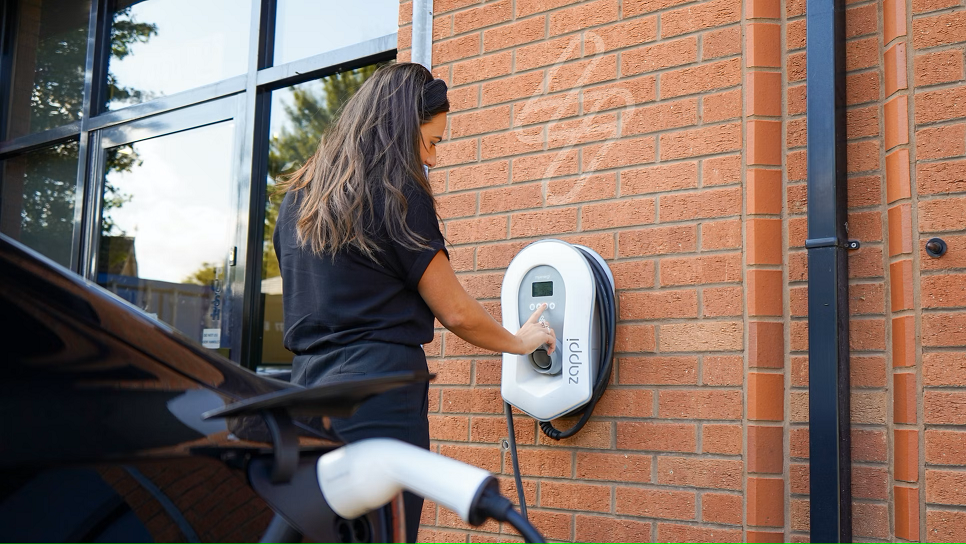Sustainability should be a key concern for both individuals and businesses. In recent years there has been a growing realization that climate change and global warming represents a clear and present danger to the ongoing viability of all life on planet Earth.
In recent decades there has been an alarming decline in a wide range of plant and animal species, which some scientists are attributing to humankind’s impact on the planet. In addition, severe climatic events such as flooding, hurricanes, and droughts are becoming more frequent.
The release of greenhouse gasses and a reliance on fossil fuels are implicated heavily in these global changes; therefore, in this article, there is a focus on the construction industry and how it can adopt more sustainable business practices across its operations to limit any adverse effects on the wider environment.
Use electric vehicles
Almost all construction firms rely on a fleet of vehicles to support their daily operations. These can range from commercial transport vehicles to smaller forklift trucks. Traditionally, these have been powered by internal combustion engines which release CO2 into the atmosphere. Diesel engines may also release byproducts that can reduce air quality and may contribute to respiratory problems in the population living near busy road networks.
Construction firms can act to limit these emissions by choosing electric powered vehicles for use in the industry. For example, Doosan forklifts and other construction vehicles are available with battery powered options instead of using internal combustion engines. Forklift trucks are especially suited to electric power as they do not need to cover long distances and therefore do not need to be recharged as often.
When you consider that construction vehicles and machinery are accountable for 1.1% of global CO2 emissions, switching to electric powered alternatives has the potential to significantly reduce the amount of CO2 entering the atmosphere. Construction firms should therefore aim to replace their vehicle fleets with electric equivalents, and starting with forklift machinery is a perfect way to make the transition as part of a broader electric vehicle strategy.
Reduce your reliance on concrete
The construction industry is the world’s largest user of concrete. However, it is a building material that results in significant CO2 emissions during its production. In fact, concrete is the world’s third-largest source of CO2 release, accounting for 7% of global CO2 emissions.
Thankfully, there are now a diverse range of concrete products that have lower CO2 production in their creation. You can read more about these new, more sustainable forms of concrete here.
In addition, construction firms can source recycled concrete for use in building projects, which removes the need for new concrete to be created.
Incorporate green designs into projects
Construction firms are increasingly incorporating sustainability into their building designs. From using energy efficient materials and insulation that reduces the need to heat homes (and rely less on fossil fuelled power stations), to incorporating solar power into roof construction, these methods can help to create greener buildings.
In addition, the use of sustainable building materials in construction can reduce the reliance on other less environmentally friendly materials. One key example is the use of bamboo in construction projects. This natural material is exceptionally strong and quick to grow in a range of conditions, whilst also being lightweight and flexible.

Recent Comments